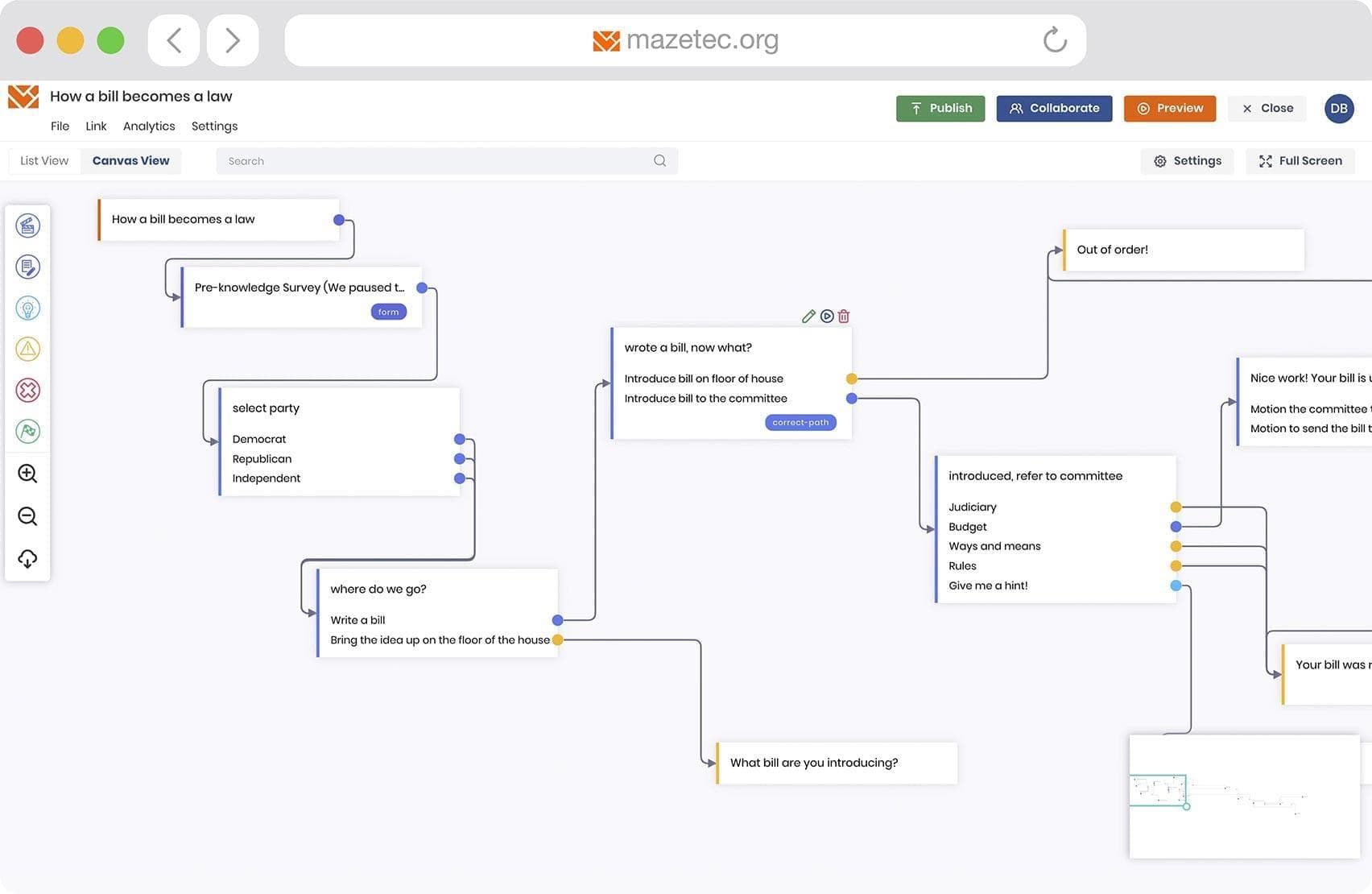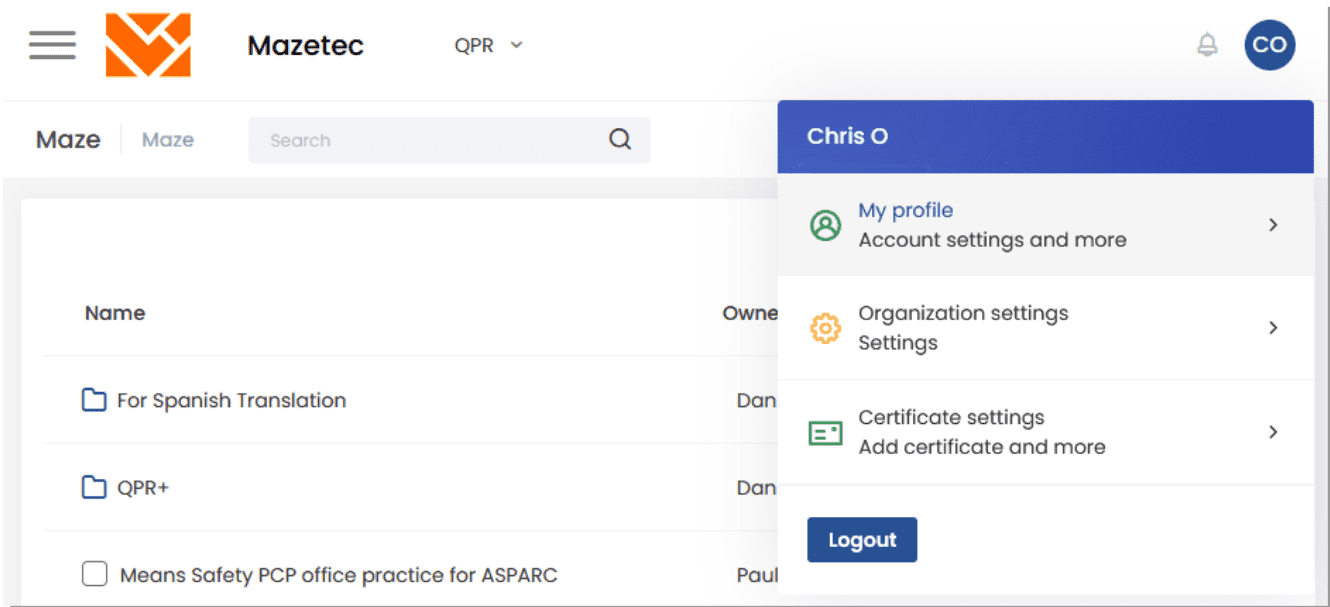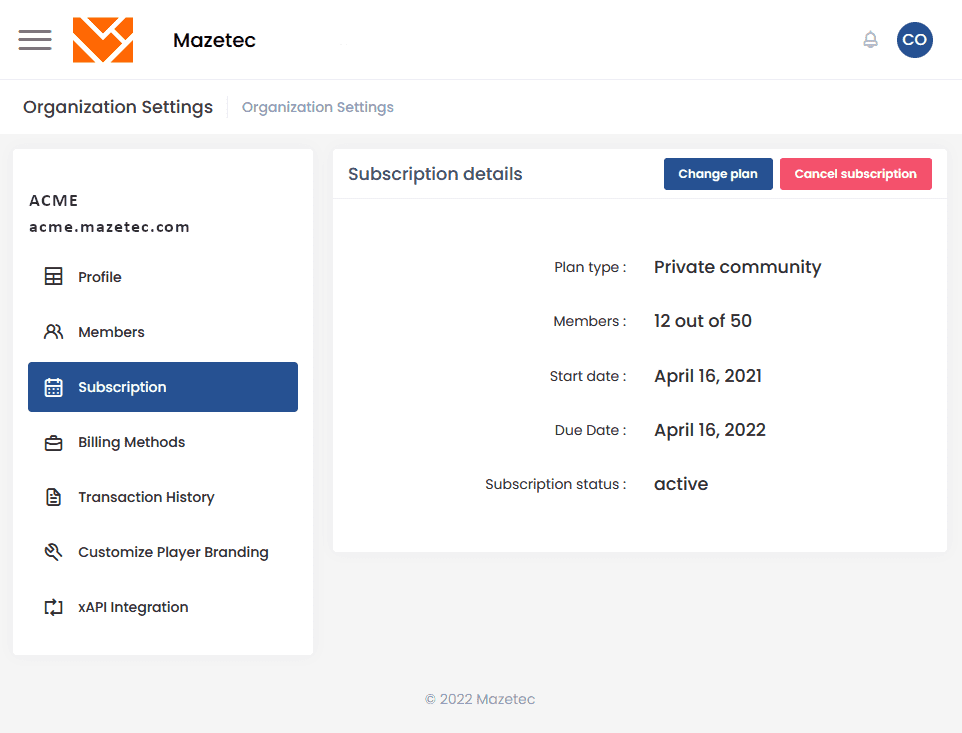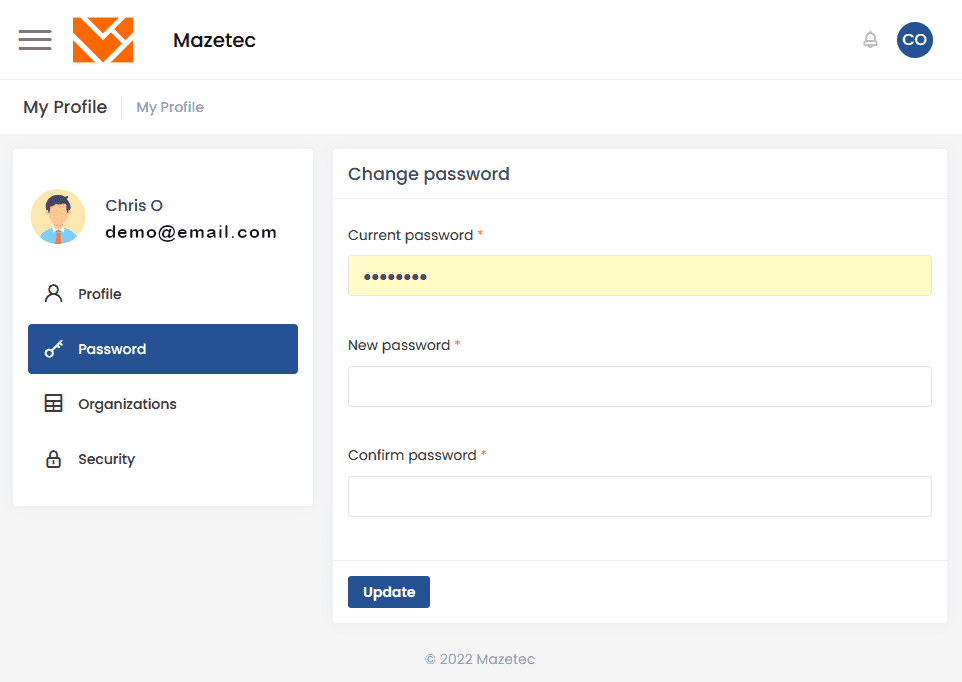Mazetec Knowledge Base
Looking for the Help? Get documentation, use cases and how to articles for Mazetec software
AI Features
Scenario editor
QPR Master Trainers
Analytics
General
Selling and Micro-purchases
Surveys
Player
Account management
Mazetec on Thinkific
Integration
FAQ
Frequently Asked Questions
Scenario-based learning (SBL) is a method to teach or train through a realistic situation, challenge or problem. This can be delivered in any number of ways, such as online learning (elearning), role playing, or a game.
Mazetec Simulations offers an online simulated roleplay that uses situations or challenges for the purpose of teaching or training. A Mazetec Simulation can be created for any discipline or topic that encourages the learner to make decisions or choices. A typical and well-known version is the case-based reasoning test commonly used in medical training where scenarios are based on actual patient cases.
Virtual scenarios are online educational experiences that help learners explore real-world decisions with no fear of consequence—allowing both correct decisions and errors in a safe environment. Students and professionals can use virtual scenarios to prepare themselves to deal with a range of workplace challenges, cultivate critical thinking and apply sound decision-making skills. Moreover, well-designed scenarios preserve learner interest and fuel intrinsic motivation. SBL makes the training procedure interactive, fun, and effective by offering an immersive experience while still allowing for periods of reflection.

Furthermore, SBL is a form of storytelling—a longstanding method of relaying information—which improves learning and retention. And since SLB is learner-oriented, advanced branching scenarios allow different learners to follow different journeys to access the learning experiences most relevant to them.
Scenarios can utilize either a low-fidelity simulator (such as this FAQ which allows one to search for answers or simply explore this knowledge base) or a high-fidelity simulator like a flight simulator. Mazetec is great for developing soft skills such as decision-making, critical thinking and reasoning. The integration can be achieved by placing the different simulation modalities into the curriculum at the time when it is of most relevance.
There are many images and other media resources available on the Web that can be used to enhance your scenarios. Also, with smartphones, it is becoming increasingly easy to create your own media resources. Today’s smartphones offer excellent cameras that is complemented by a rich variety of software that allow mobile editing—allowing you to take your own photos, record your voice or create videos tailored to your teaching.
Should you prefer to use existing content on the Web, the most important thing is to ensure that you have permission to do so. This can be done by either:
- Requesting permission from the copyright owner directly; or,
- Searching for resources that were made available under a Creative Commons (CC) license. CC licenses are granted by content owners to allow reuse in specific ways. This page explains more about the types of license available and how they work.
Image search engines such as TinEye and Google Images can help identify which images are licensed for reuse, and the Creative Commons website provides a tool to allow you to easily search a number of sites for licensed material. Other sites such as Wikimedia and Pixabay are likewise good sources of high-quality images. Popular video sharing sites such as YouTube and Vimeo provide embedding tools, allowing you to use the videos in your scenarios.
An important note to keep in mind is if you use identifiable images in a healthcare context, you must ensure these adhere to local ethical guidelines.
The not so simple answer is: it depends. The educational setting determines which virtual scenario (VS) to be produced—the available resources (including the instructional designer) for creation, the available tools and systems, are but two things to consider.
Out of the three, a linear VS is usually easier to create, even if it has different options and paths. While a branched VS might be more exciting for the participant, the stories and decision points have to be designed carefully to not let learners get frustrated choosing a problematic path. Good storytelling is important for both variants.
One important educational aspect could be whether the lesson will be discussed in face-to-face sessions or if it will be a completely self-paced learning, i.e. without any debrief or feedback. The overall difference seems to be less critical than you might think. Also, please keep in mind learners very often want to see everything, so make sure they have the option at the end to explore paths they didn’t initially choose; this feature is already all set in linear or semi-linear approaches. Remember, VS scenarios are tools. You just have to get used to these, so take the one which is easier for you!
You can but it's not necessary. Videos are a great medium but can often distract the learners and lead to tangents. It is always best to start off simple before adding video to your scenario. Take advantage of Mazetec’s built-in animations, icons and fonts, and instead focus on creating your content.
A virtual patient is based on a real-life clinical scenario that can be used in medical and healthcare training, education, and assessment. The virtual patient narrative is usually focused on the patient's story and the associated clinical developments and processes, which is used to inform learners on relevant basic and clinical sciences. This interactivity uses modern technologies and game-informed learning, and can include questions, specific decision-making tasks, monitoring of costs or elapsed time, written answers for text recognition, etc.
Virtual patients allow the learner to take the role of a health care professional and develop clinical skills through diagnostic and therapeutic decisions. Their use is increasing in healthcare because they provide an opportunity for students to practice in a safe environment, as opposed to apprenticeship models which involve practice on an actual patient.
Virtual scenario is a generic term that can be applied to law, architecture, biochemistry, business models or any subject or topic where there is a need to make a choice or take action.
A virtual patient utilizes the narrative and interactivity focused upon the story of a person or persons with some form of illness, symptoms, or pathology—whether real or imagined.




